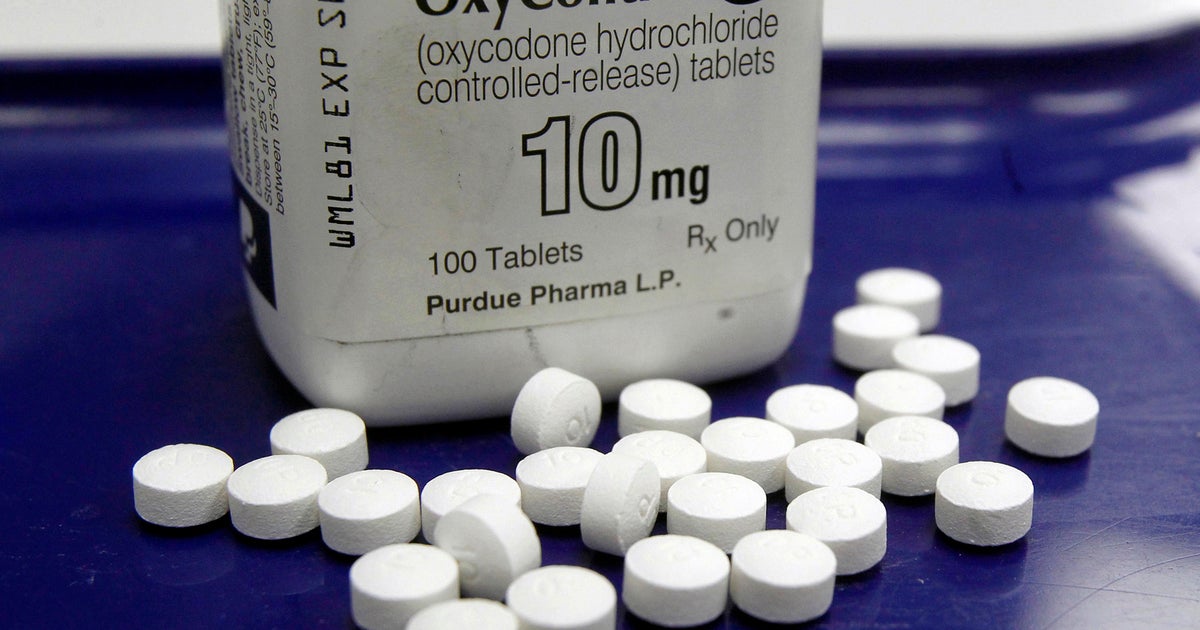Middle-class Americans increasingly rely on the safety net
As Congress debates increasing work requirements for safety-net programs, new research from the Brookings Institution shows just how many Americans are dependent on that safety net.
A stagnation of incomes across the board, coupled with an expansion of Medicaid and other health-insurance payments, has helped the middle class benefit from so-called wealth redistribution just as much as the poorest Americans.
In 2014, the middle 60 percent of Americans accounted for 46.8 percent of federal aid offered to people who qualify for such help, Brookings found. The poorest 20 percent accounted for 47.9 percent of these transfers. They include programs like SNAP (formerly called food stamps), Medicaid and cost-sharing elements of the Affordable Care Act.
That's the most recent year for which comprehensive data is available, but the trend has been visible since about 1990, the analysis shows.
The culprit? In a term: health care. As costs of medical care have continued to march upward, the safety net has gotten bigger, modestly, to subsidize some of them. Medicaid expanded in the 1990s and again under the Affordable Care Act, which also created subsidies for middle-income people to buy health insurance. Medicare Part D, a program to help pay for prescription drugs for seniors, had a similar effect.
As a result, said Brookings, "most Medicaid spending now goes to families above the bottom quintile of the distribution."



